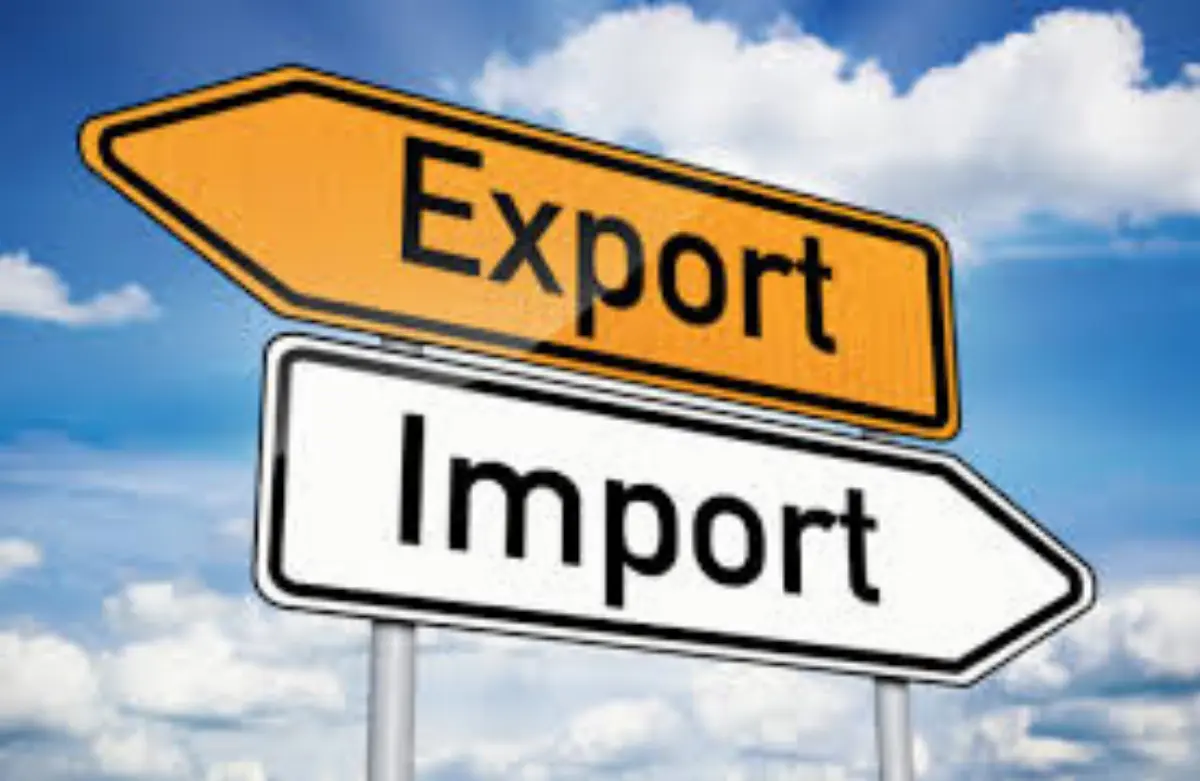
Do you want to access to this and other private contents?
Log in if you are a subscriber or click here to request service
Brazil export to EU records highest quarterly value in more than 25 years
Thanks to the strong demand and high prices of food and energy raw materials

In the first quarter of 2022, exports to Italy increased by 27.1%, for a total of 1.1 billion dollars
hef - 25097
EFA News - European Food Agency
EFA News - European Food Agency